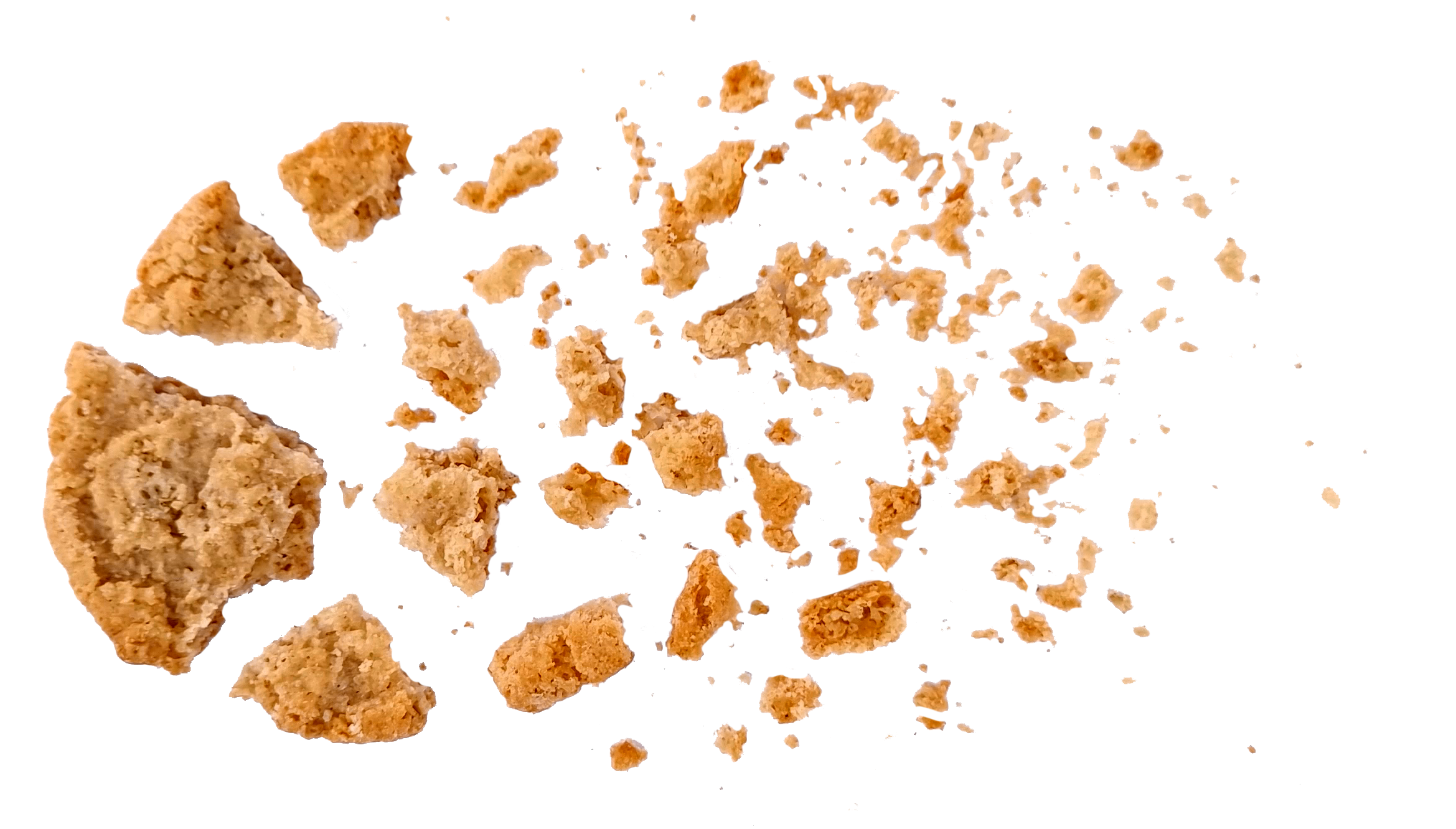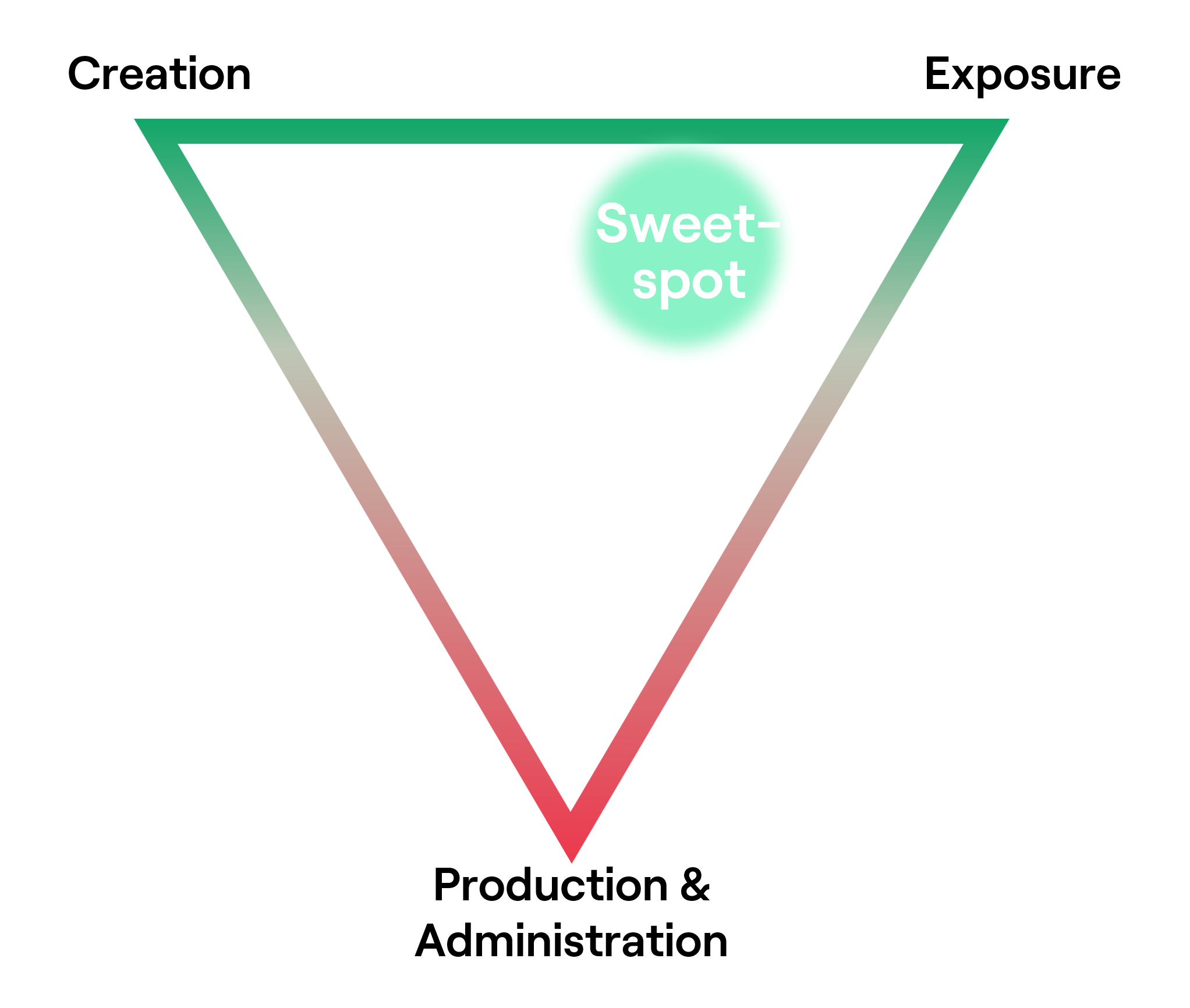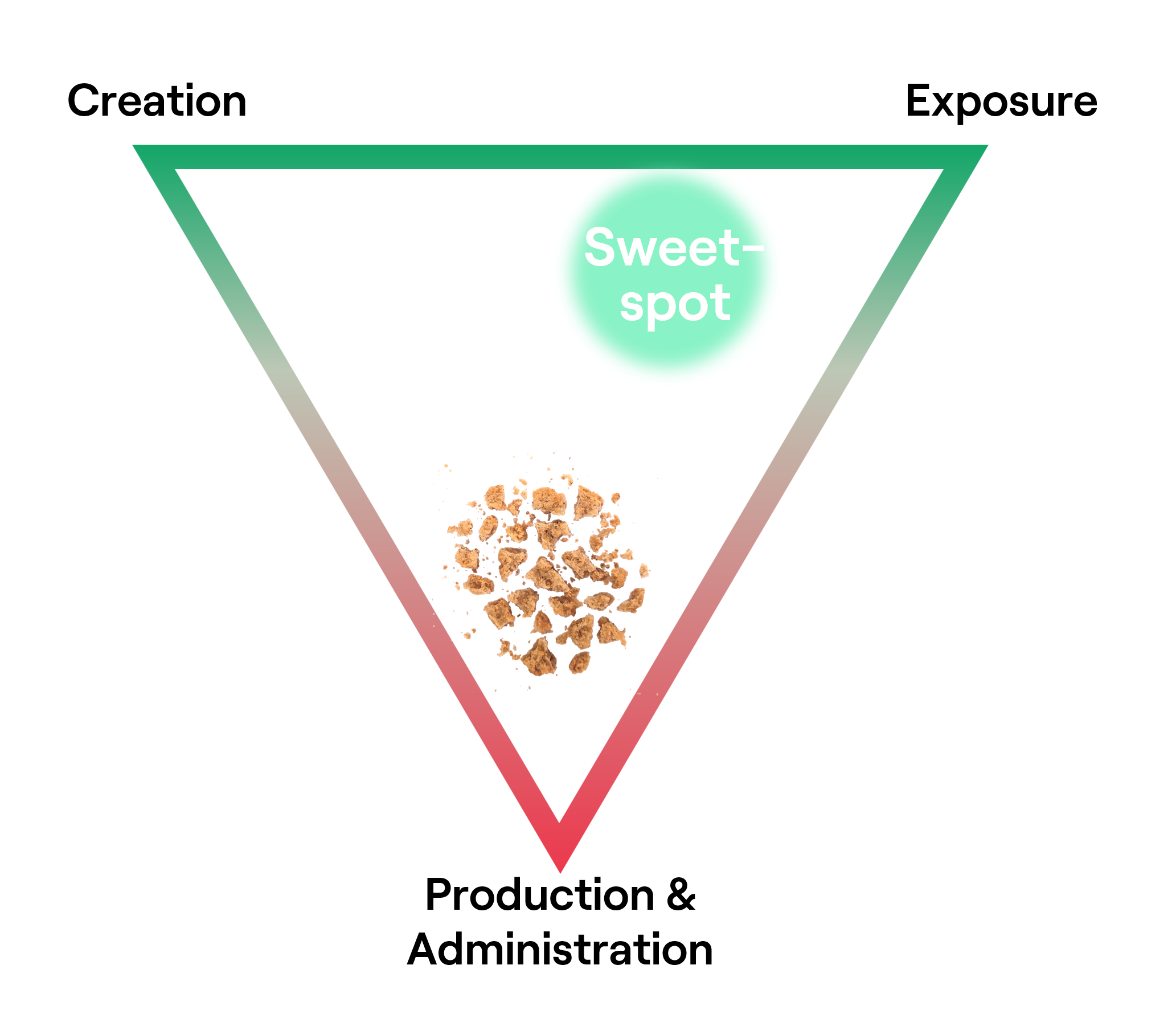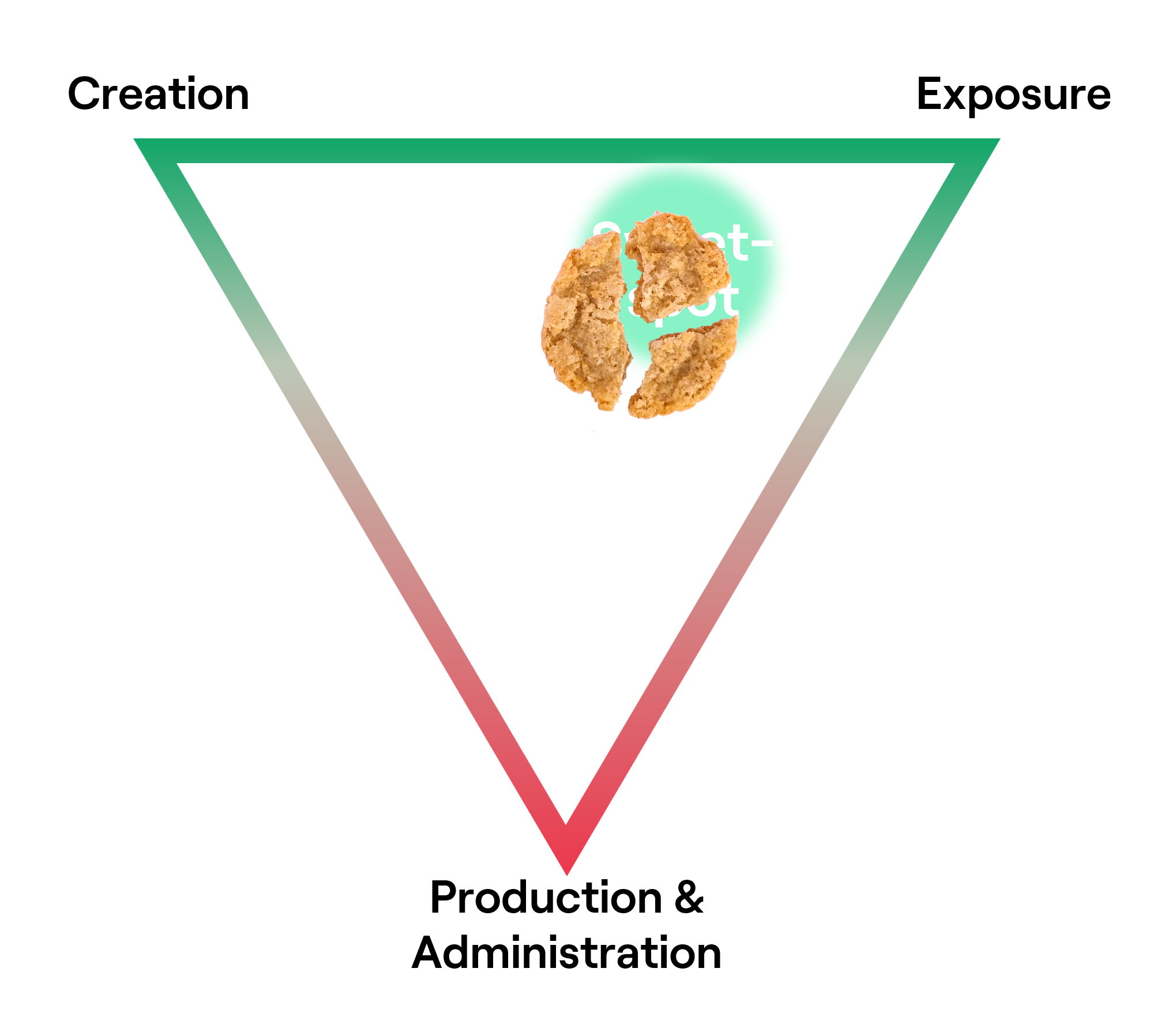News/
Analysis

Clean up your bed to maximise impact
It's Sunday morning, and you’re in bed. Saturday night was a little livelier than expected, and you fell asleep with a half-eaten chocolate chip cookie in your hand. It has now turned into a very uncomfortable and impractical bed of crumbs, but you don’t know that yet because you are still asleep—heavily.
Marketing communication has crumbled just like that. From a hefty cookie with enough juicy morsels to get you off to a good start in the morning, it has unknowingly created a pile of annoying crumbs that will take a significant part of your working day to deal with yet fail to curb your sweet tooth.
But now it’s time to wake up and start cleaning up!
Sure, you’ve done a great job over the past few years, building up an impressive buffet of exciting channels and technological opportunities.
In the last seven years, companies have quadrupled the number of channels they use for marketing communications. According to our ‘Marketing Department 23’ study, most B2C marketing departments communicate through more than 16 channels!
The downside is that this has created a communication tornado of activities, messages and formats, meaning that large amounts of content must be planned, produced, published, archived, monitored and tracked.
This is what is called marketing fragmentation. Or crumbs in the bed.

You can’t have it all – so how do you prioritise your communications resources? Ideally, as much of your time and money as possible should be spent on creating powerful creative solutions and, above all, getting them in front of potential customers, while as little as possible should be spent on administration and production that does not contribute to impact.
Fragmentation has become one of the biggest threats to marketing effectiveness.
— Robert Ryberg
One of the main consequences of fragmentation is the same as when you try to tidy up your bed. It takes about as much time and effort to deal with a large piece of cookie as a small crumb.
This means that if you have a lot of crumbs, handling them all becomes very time-consuming. The amount of time you spend on administration and production increases, leaving less time for the things that really make a difference—creation and exposure. In addition, the communicative power of each small crumb becomes very weak.
In other words, you’re wasting your scarce resources creating and managing crumbs instead of impressing your friends with a magnificent Buddy Valsatro cake.

When marketing communication crumbles, it falls to the bottom of the priority triangle, where energy is wasted on things that do not contribute to impact.
In addition to having less time and money for creative, the resources you do have gets fragmented, so each crumb gets very little creative love. The chances of creating impactful communication are drastically reduced when the creative time you can spend per crumb is counted in minutes.
As if it weren’t enough that you get less creative power and less money for exposure, the communication crumbs also force you into small and ineffective channels. Media space is also often more expensive because you buy small portions at short notice.
The sheer volume of material to be produced for all activities and channels places extreme demands on governance, prioritisation, accountability and mandate. This has led to a myriad of specialist roles, teams, agencies, strategies, plans, tools and metrics.
The consequence is messy processes and a complex structure, with more people involved, which is very demanding for a marketing manager to lead. The result is stress, frustration and dissatisfaction among those involved.
In a fragmented world, the focus also shifts to optimising the details here and now rather than looking at the bigger picture and making the right overall choices. The problem is that you can’t optimise for growth. To make a more significant impact, you must work on the big picture and big priorities, aka the strategy.
Overall, fragmentation has become one of the biggest threats to marketing effectiveness, and we need to address it —we need to defragment!
In a defragmented existence, there are opportunities for a much more significant impact. Exactly how much varies, but we have worked with clients who have achieved five to six times more impact for the same budget. In other words significantly more bang for the buck.

Less fragmented communication allows your resources to be spent on things that contribute to impact.
The article was initially published in the Swedish marketing trade magazine Resumé.